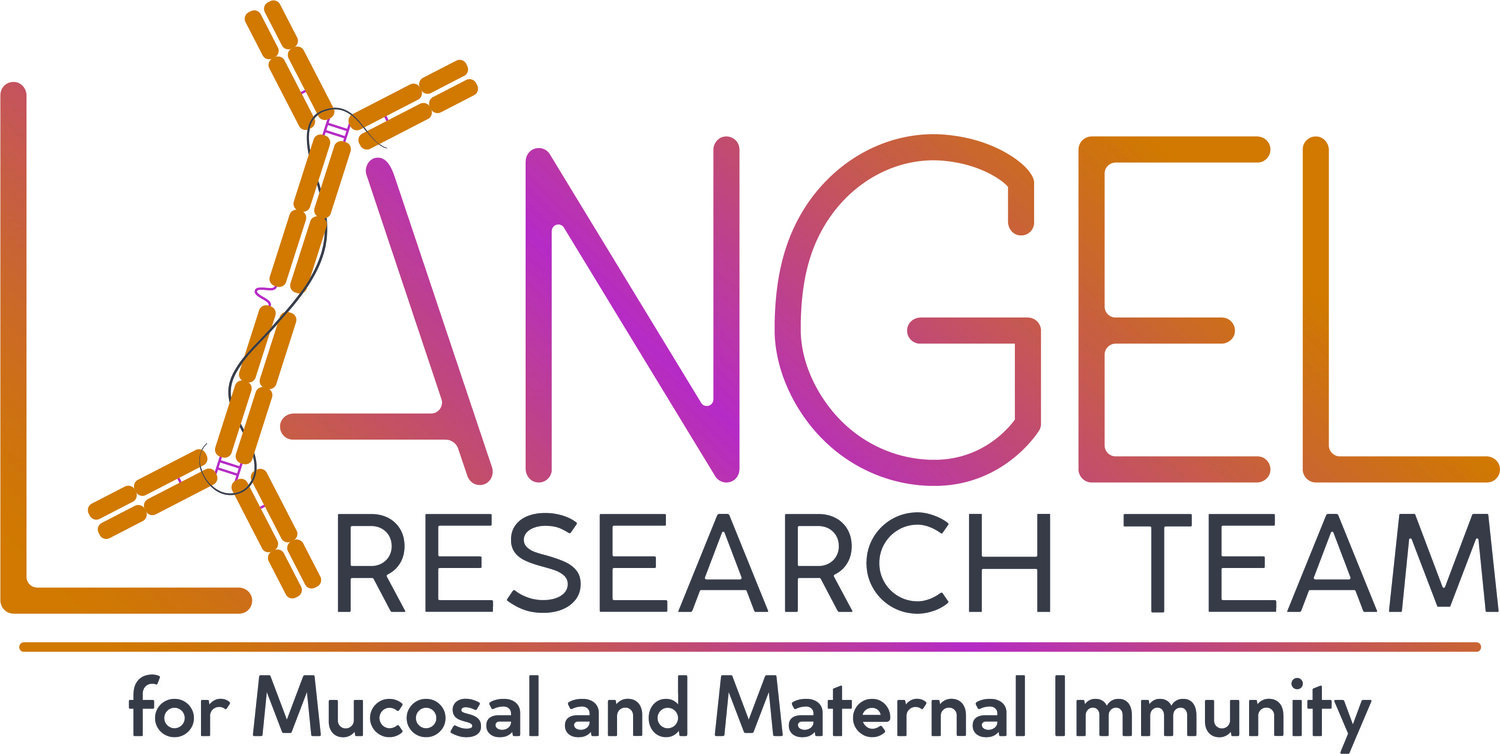Mechanisms of maternal antibody inhibition
Maternal antibodies passively transfer from the mother to the fetus through the placenta or to the infant from breast milk and protect against dangerous pathogens. However, maternal antibodies can also interfere with the ability of neonates and infants to respond to vaccines. This is problematic as neonates and infants are the highest mortality group for many pathogens. Not all mothers receive maternal vaccines during pregnancy, reducing the amount of virus-neutralizing antibodies crossing the placenta and into breast milk. Therefore, many neonates and infants remain unprotected. Understanding the mechanisms of maternal antibody interference is key to developing neonatal/infant vaccines that can ‘breakthrough’ maternal antibody interference and help babies develop their own immune response against dangerous pathogens.
We are using in vivo models to better understand the mechanisms of maternal antibody interference to influenza. We will use these model systems to test universal vaccine candidates as a part of the NIAID CIVICs network. Additionally, we are using human clinical samples from lactating women in Nicaragua to better understand breast milk immunity and maternal antibody interference to rotavirus infections and vaccines, respectively. Using both in vivo model systems and human clinical samples are a powerful combination to help define this phenomenon with the ultimate goal of developing novel and more efficacious vaccines for the most vulnerable populations.
Fig 1. Maternal antibody interference to infant rotavirus (RV) vaccines (Otero, Langel, Blasi, Permar PLoS Pathog 2020).
(A) Placentally transferred IgG (red curve) and breast milk transferred IgA (dark blue curve). Rotaivurs (RV) vaccination typically occurs in 2 to 3 doses when the infant is 2-6 months old. In breast-fed infants, both types of maternal antibodies (matAbs) are present at the time of RV vaccination. (B) RV vaccines are orally administered live-attenuated viruses, which rely on replication in infant enterocytes. In the presence of matAbs, several mechanisms have been proposed for reduction of infant immune responses to RV vaccination, (1) inhibition of vaccine virus replication in enterocytes by matAb neutralization; (2) removal of vaccine antigen by antibody-mediated phagocytosis; (3) inhibition of infant B cell activation by cross-linking BCRs with inhibitory FcγRIIB; (4) epitope masking, which inhibits Ab responses by hiding recognizable antigens from B cells, which may also shift B cell responses toward nonimmunodominant epitopes; and (5) impacting downstream differentiation of B cells into plasma cells or memory B cells.

